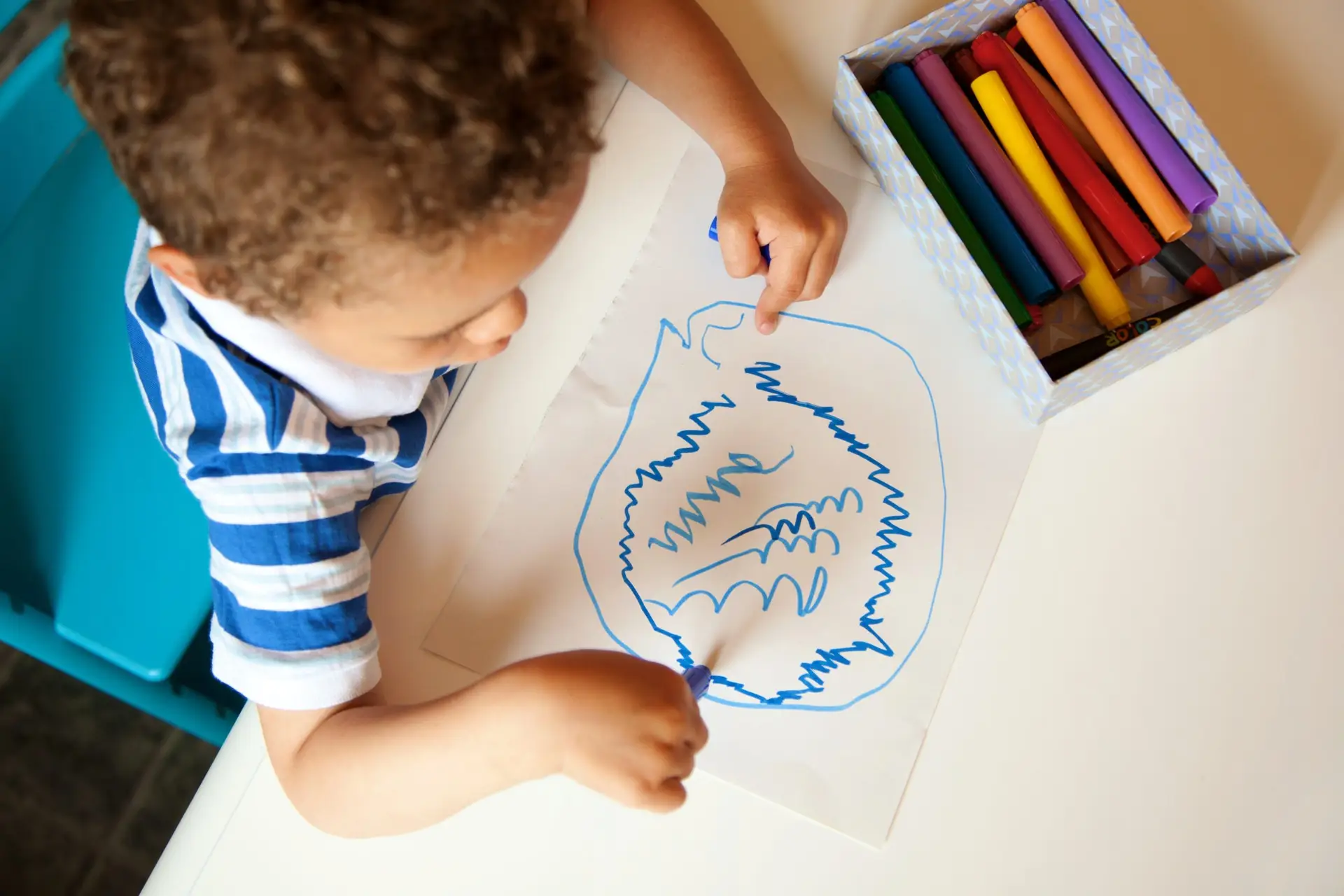Coloring Books: How They Can Improve Your Creativity and Focus
Have you ever noticed how much fun it is to color? As children, we used to love coloring books. We would spend hours filling in the pages with our favorite colors, creating beautiful designs and patterns. But as we grew older, we left behind those childish things and moved on to more “adult” activities. However, recent studies have shown that coloring can be a great way for both kids and adults to improve their creativity and focus. In this article, we’ll explore why coloring is so beneficial and how you can get started with your own coloring book journey.
Introduction to Coloring Books
A coloring book is a type of book containing line art drawings that are designed to be filled in with different colors using crayons, markers or colored pencils. Coloring books are typically aimed at children, but there has been an increase in popularity among adults in recent years due to the calming effect they provide. There are many types of coloring books available, including ones featuring animals, nature scenes, mandalas, abstract designs, and even swear words!
The Benefits of Coloring for Kids
For children, coloring can help develop fine motor skills, hand-eye coordination, and problem-solving abilities. It also encourages creativity and self-expression, which can lead to improved confidence and emotional wellbeing. Additionally, coloring can be a useful tool for parents who want to keep their kids occupied during long car rides or restaurant visits.

How Adult Coloring Can Improve Your Mental Health
But it’s not just kids who benefit from coloring – adults can reap some serious mental health benefits too. Studies have found that coloring can reduce stress levels, lower anxiety, and improve mood. This is because when we engage in creative activities like coloring, it activates the brain’s reward centers and releases dopamine, a neurotransmitter associated with pleasure and happiness.
Additionally, coloring requires concentration and focus, which can help us tune out distractions and enter into a state of flow. This makes it an effective tool for reducing symptoms of ADHD and improving cognitive function.
The Art of Coloring: Tips and Techniques
If you’re new to coloring, don’t worry – it’s easy to pick up! Here are some tips and techniques to get you started:
1. Choose high-quality materials: Invest in good quality paper and colored pencils or markers. Cheaper options may bleed through the page or result in uneven color distribution.
2. Start with light colors: Begin by adding light colors first, then gradually build up to darker shades. This will prevent your colors from blending together and create depth and contrast.
3. Use layers: Layering different colors on top of each other can create rich, vibrant hues and add dimension to your design.
4. Experiment with texture: Try using different pressure points when applying color to create varying textures and effects.
5. Don’t be afraid to make mistakes: Color outside the lines, mix colors together, and experiment with different styles until you find what works best for you.
Conclusion
So whether you’re looking to unwind after a busy day or boost your creativity and focus, consider taking up coloring. With all its physical and mental health benefits, it could be just the thing you need to feel happier and more fulfilled.